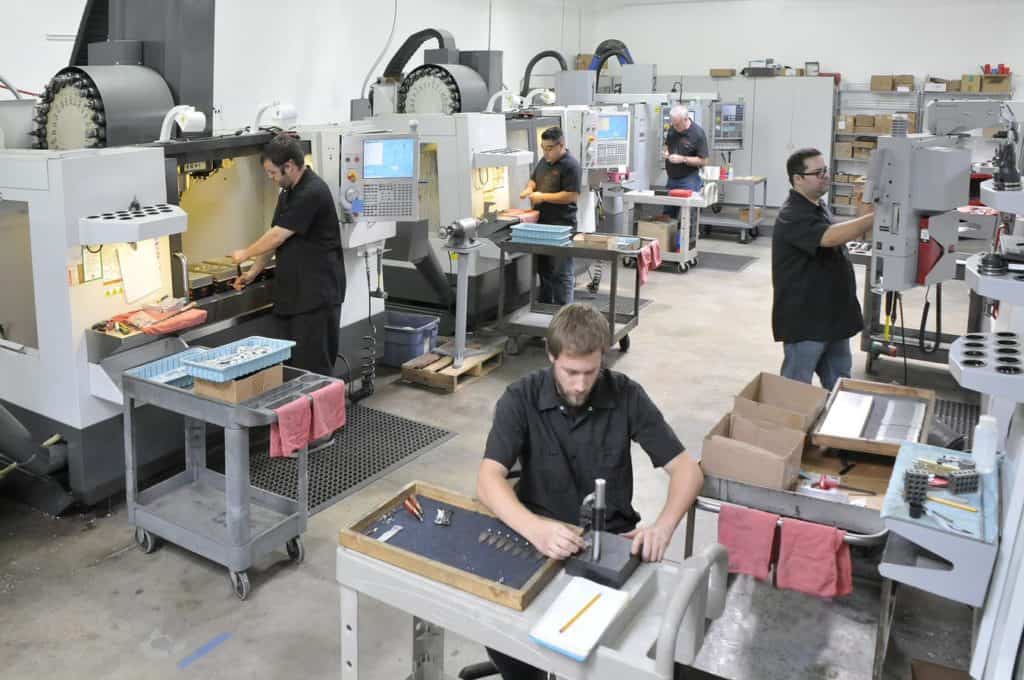Ultrasonic NDT Methods for Additive Manufacturing

Additive manufacturing has landed in aerospace. NASA has achieved a 70% cost reduction in spacecraft fuel injector assemblies using additive manufacturing. The SuperDraco thrusters on SpaceX’s Dragon spacecraft, intended to fly human astronauts to space, were printed using additive manufacturing. GE Aviation is not only printing fuel nozzles for 6,000 Leading Edge Aviation Propulsion engines, but also a significant proportion of the parts for its new Advanced Turboprop Engine.
While this is great for the bottom lines of NASA and these aerospace companies, it begs the question—is it safe? To which they reply—we’re not entirely sure yet. While each producer of printed aerospace components does employ nondestructive testing (NDT) methods, including the use of ultrasonics, additive manufacturing simply hasn’t been around for long enough yet to know for sure how well they work. In the parlance, predictive models for part acceptance have yet to be established. While the ISO does have printed standards, these are currently under revision, and all that has been established so far are definitions of terms. As such, no internationally recognized standards at this moment describe or prescribe detailed NDT methods for additive manufacturing.
Utilizing NDT Methods in Additive Manufacturing
Does the current lack of accepted standards mean that NDT methods cannot or should not be used to inspect critical aerospace or other components created using additive manufacturing? No. Given the expense of creating complicated prototypes and the difficulty of recognizing subsurface defects without destroying products, nondestructive testing remains a necessary tool for companies to use after manufacture and before a product hits the market. Nondestructive testing works effectively and reliably for materials produced via different means; it will do the same for additive manufacturing, once it has been thoroughly calibrated.
Especially for components like fuel injectors or turbine rotors that can endanger lives upon failure, nondestructive premarket testing remains a moral and financial imperative. In the absence of established norms, this means that companies using additive manufacturing—as well as government agencies and universities exploring the technology—must develop and publish their own research in order to contribute to standards.
Finding and employing the best NDT techniques to detect flaws and defects in prototypes or mass-produced parts in aerospace, transportation, power generation, and other sectors currently using additive manufacturing then becomes an exercise in critical thinking, rather than the execution of third-party mandates.
Instead of applying a method developed elsewhere, companies must look at their materials, assess their testing options, run combinations of tests, record the results, analyze the data, publish their findings, then use what they’ve learned to start again. It means the training wheels are off.
Finding and Developing Appropriate NDT Methods for Additive Manufacturing
Fortunately, the large existing body of data on nondestructive testing of metals can serve as a starting point. In addition, current research published by reputable sources can point companies in the right direction.
For instance, this 2017 report from the NDT Laboratory at the Institute of Thermodynamics in Prague, Czech Republic, examines the use of various ultrasonic imaging methods to detect porosity and other flaws in 3D printed metals. Another published in the International Journal of of Advanced Manufacturing demonstrates that eddy current imaging can be used to detect flaws in 3D printed metals as well.
Not only do these papers show the effectiveness of their testing methods, they detail their experimental methods. This enables company researchers to emulate and critique the methods used in their own laboratories, on their own products. To summarize: yes, NDT can be applied to additive manufacturing.
But how do you go about implementing NDT methods within your own company’s inspection processes? Speak to NDT experts and invest in NDT technology that has been proven the most useful for the alloys you’re working with. Read current industry articles to see what others have learned. Print prototypes, scan them for defects, then test them to failure. Did the defects predict failure? If they did, conduct further testing to confirm results. If they didn’t, continue testing to discover what did cause failure. At the end of the day, your company is the only one making your specific product, which makes you the expert. It’s up to you to find the best, most cost-effective way to ensure your product is safe for production.
At Zetec, we’ve been developing nondestructive testing solutions for over fifty years. Our NDT experts are glad to share their expertise as you devise the best testing solutions possible for your new product. To learn more, contact us today!
